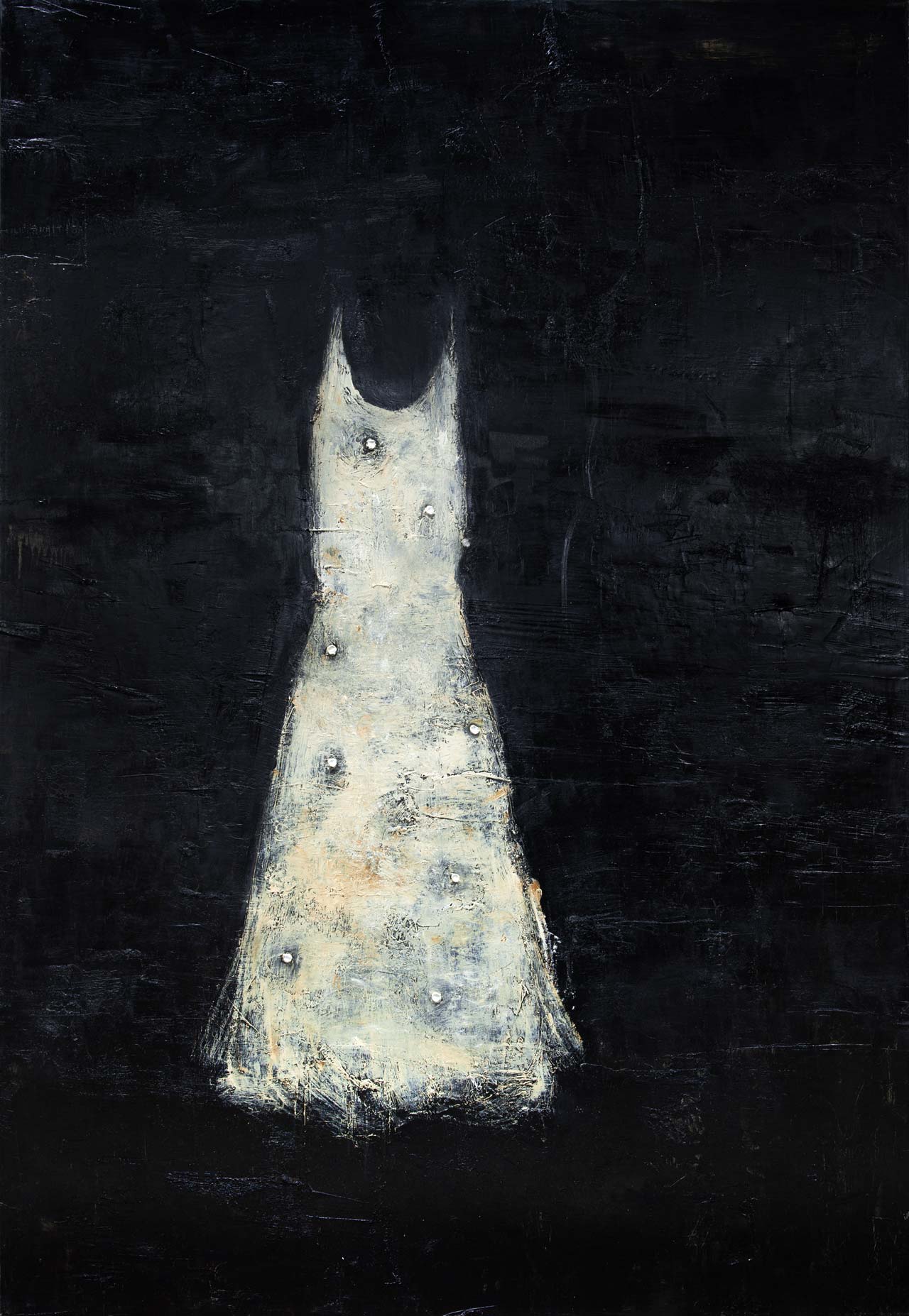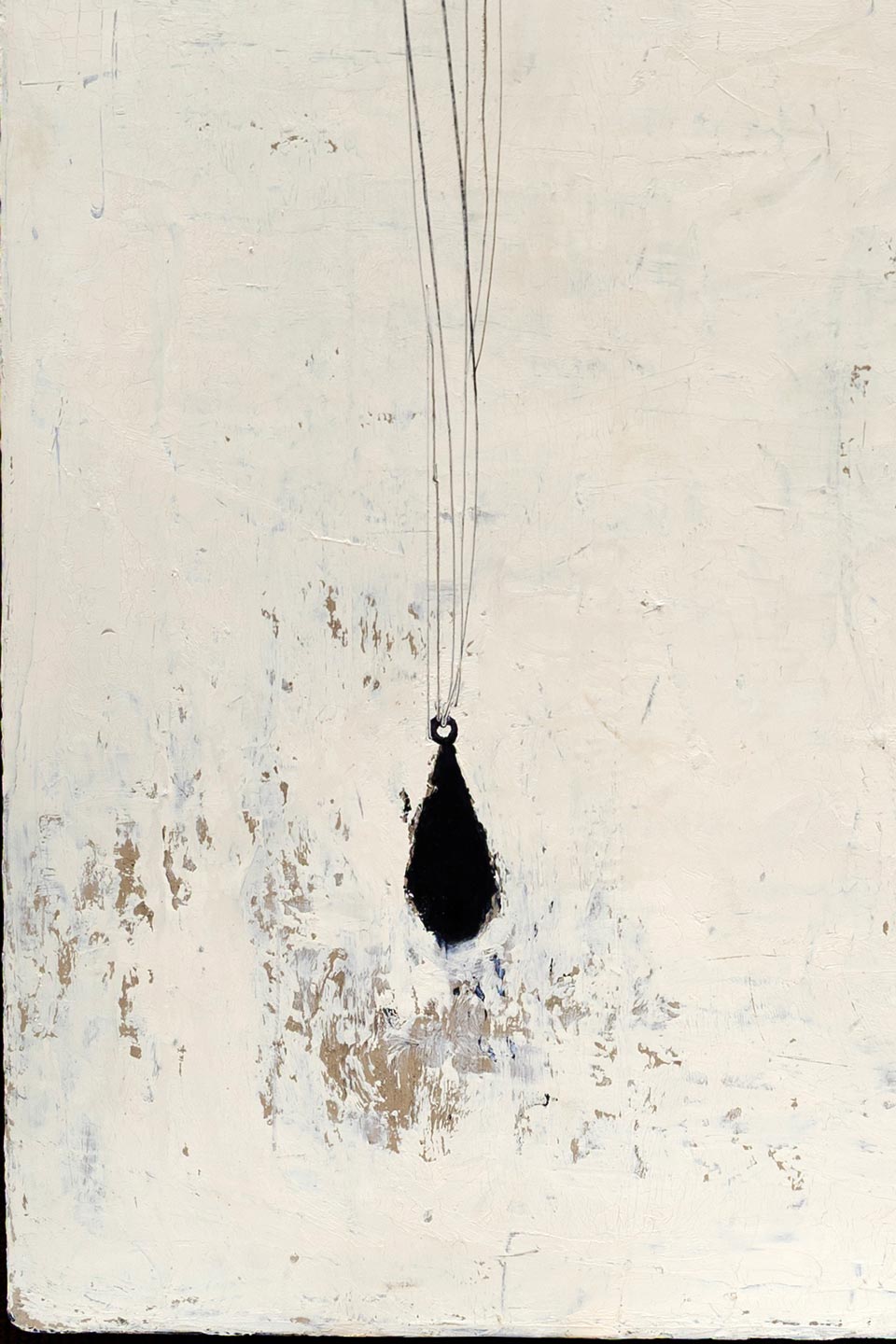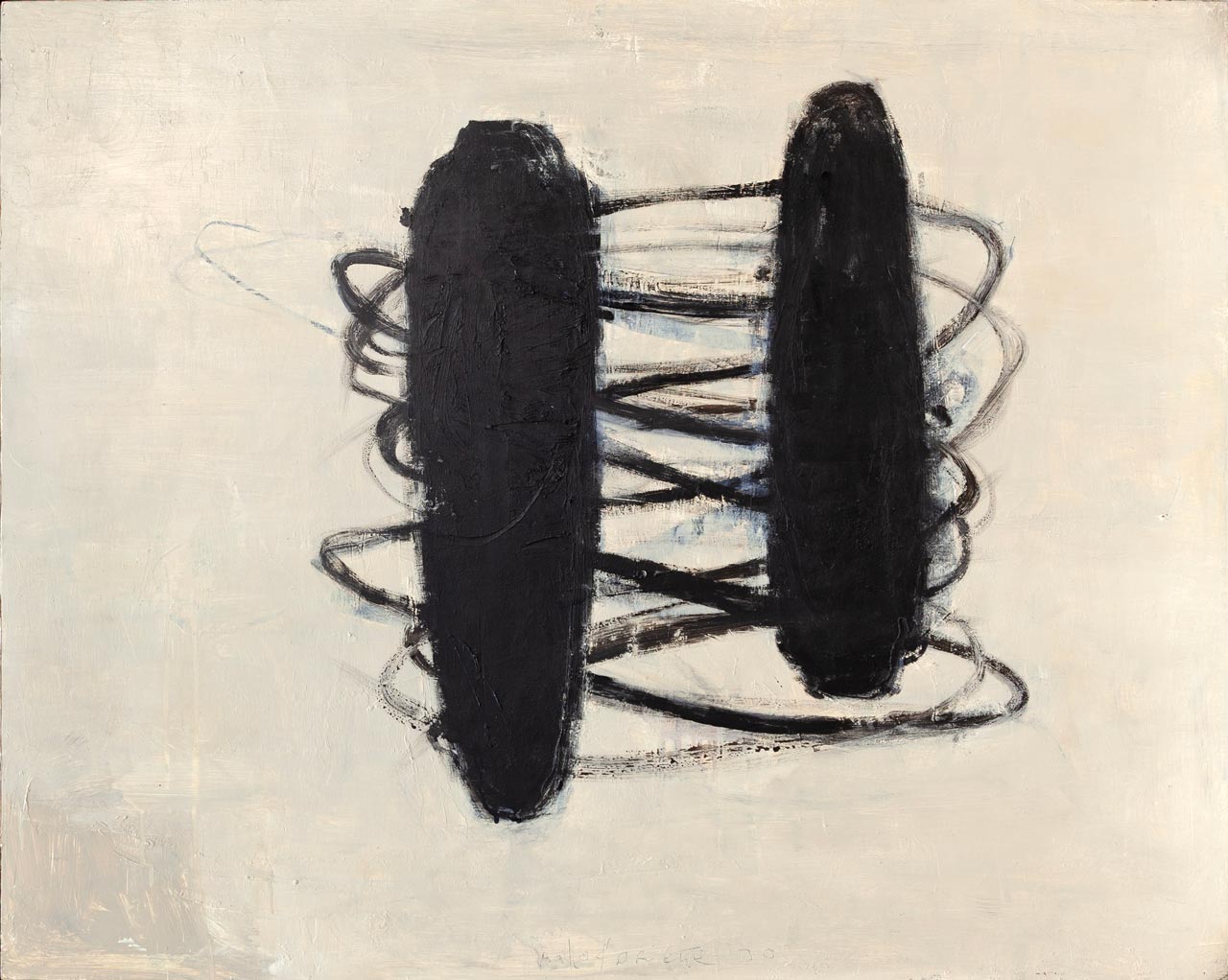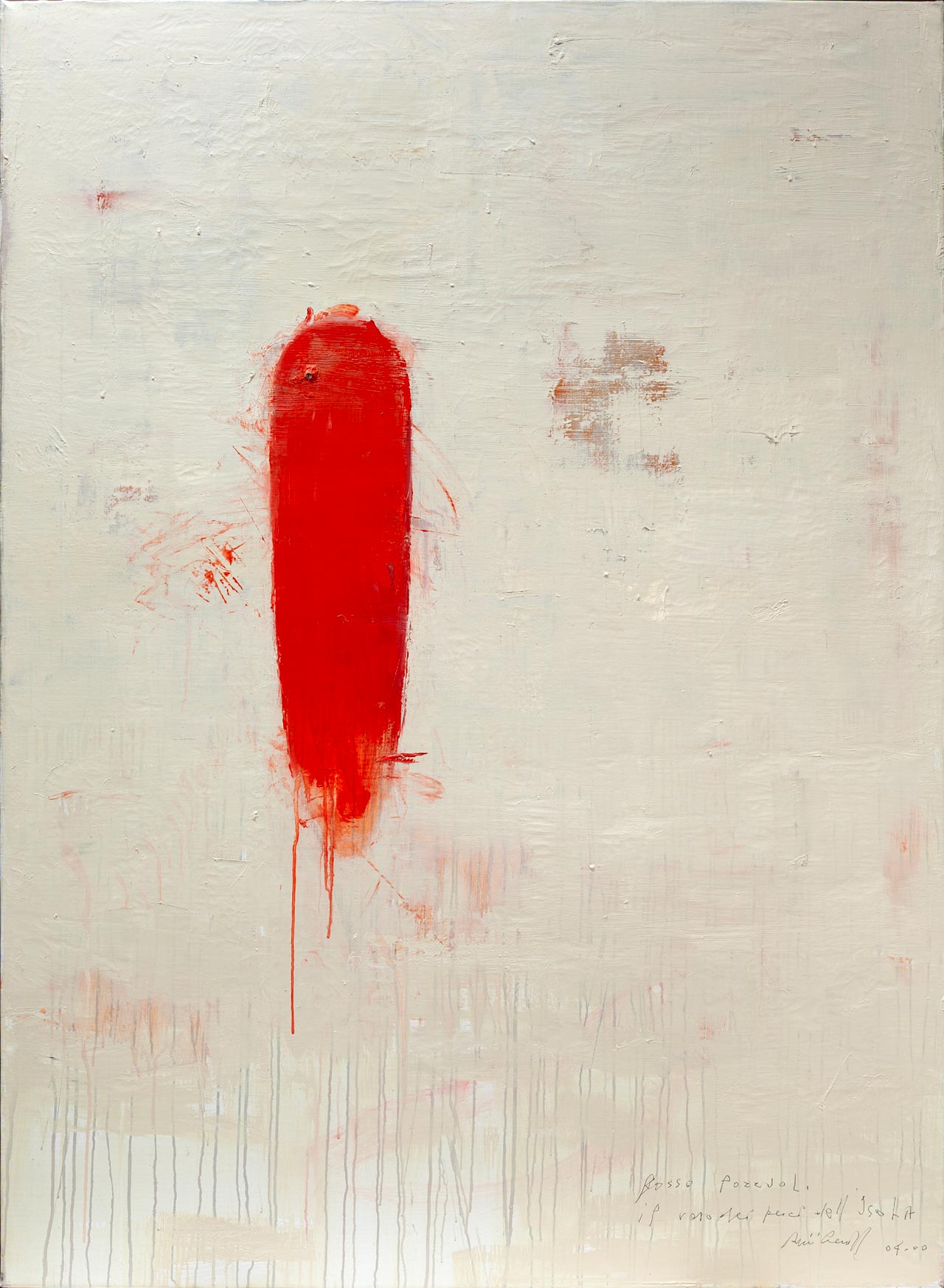Pizzi Cannella

Born in Rocca di Papa, Italy, in 1955, the painter Pizzi Cannella turned away from naturalistic depiction at an early age, but his works have always retained a certain representationalism.
From 1975, Cannella studied painting with Alberto Zivri at the Academy of Fine Arts in Rome and at the Institute of Philosophy at La Sapienza University. His first solo exhibition took place in 1977 at the La Stanza Gallery. In 1984, together with Bruno Ceccobelli and Marco Tirello, he moved into a studio in the former pasta factory "Cerere" in Via degli Ausoni in San Lorenzo, Rome, where the artists Gianni Dessì, Guiseppe Gallo and Nunzio also worked. They subsequently founded the group "Nuova Scuola Romana" (New Roman School). The general return to the medium of "painting" and the aim of going beyond the minimalism and conceptual art that was widespread in the 1980s united the artists in Rome, who worked in different ways.
In Cannella's work, the spatial references that could still be found in the 1980s disappear and later show motifs in a kind of suspended state. Similarly, the human figure slowly disappears and is only hinted at by familiar objects, such as tables, chairs and clothes, which lack any real context. Individual groups of works can be found in Cannella's oeuvre that form a variation on a theme. In his works, details can be seen to take on a life of their own to the point of dominating the image. Equally characteristic is his handling of the material, his love of experimentation and the creation of pictorial depth through layering in his paintings and on paper. Alongside clothes, fans, lizards, dry flowers and tiles, vases are among the objects that have enlivened Pizzi Cannella's works for decades. In addition to a series of solo and group exhibitions in Rome, Florence, Siena, Paris, Vienna, New York, Berlin and Basel, among others, Cannella has also participated in the Biennale of Sydney (1986), the Quadriennale in Rome (1986, 1996) and the Venice Biennale (1988, 1993).
Cannella's work is represented in museums and public collections worldwide, for example in the Circulo de Bellas Artes, Madrid, the Museum Moderner Kunst, Vienna, and the New House Center, New York. Cannella lives and works in Rome.
















